Lehigh University
Office or Center Name Here
2024 Fazlur R. Khan
Distinguished Lecture Series
Honoring a legacy in structural engineering and architecture
Distinguished Lecturers |
||||
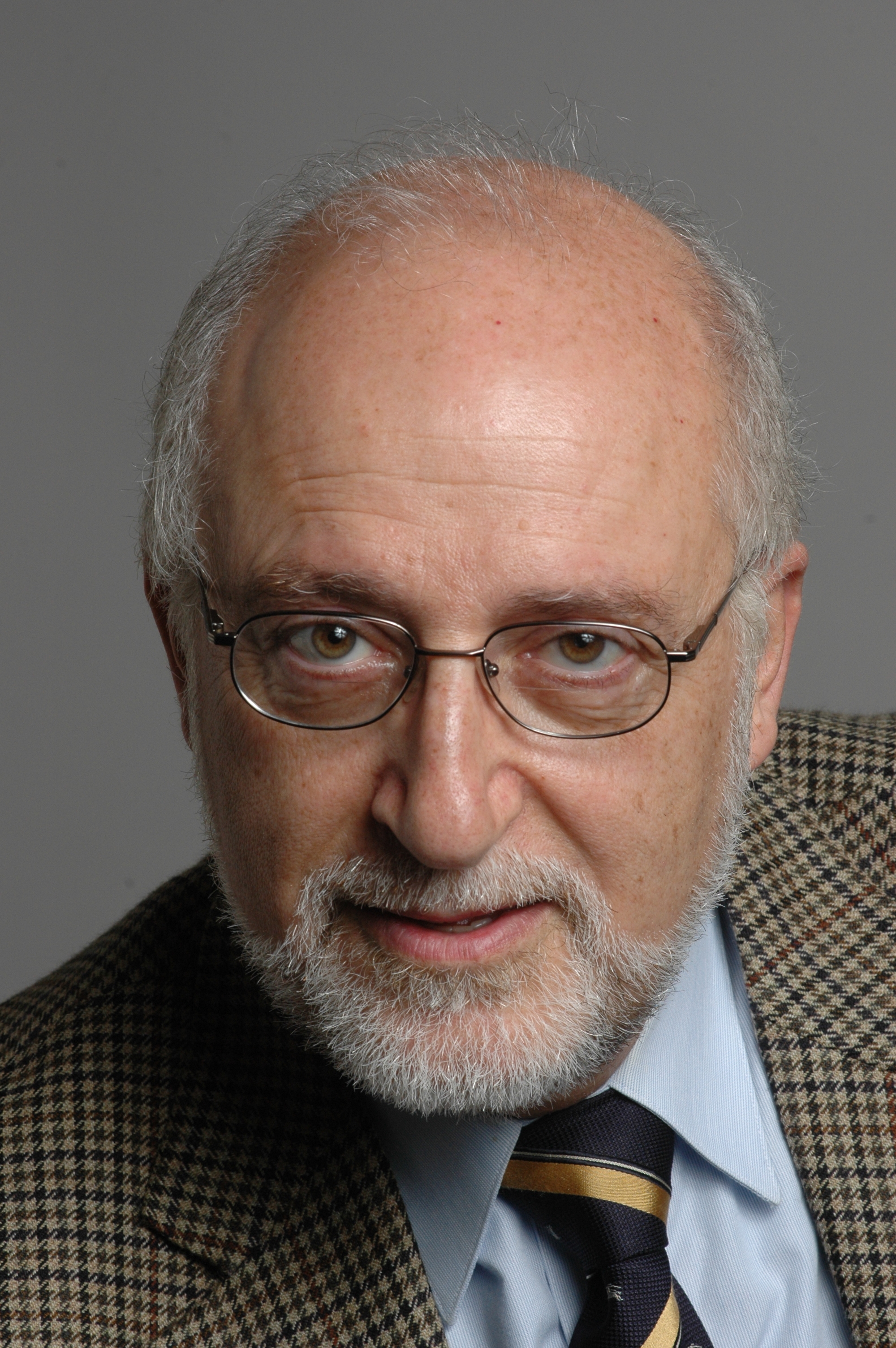 |
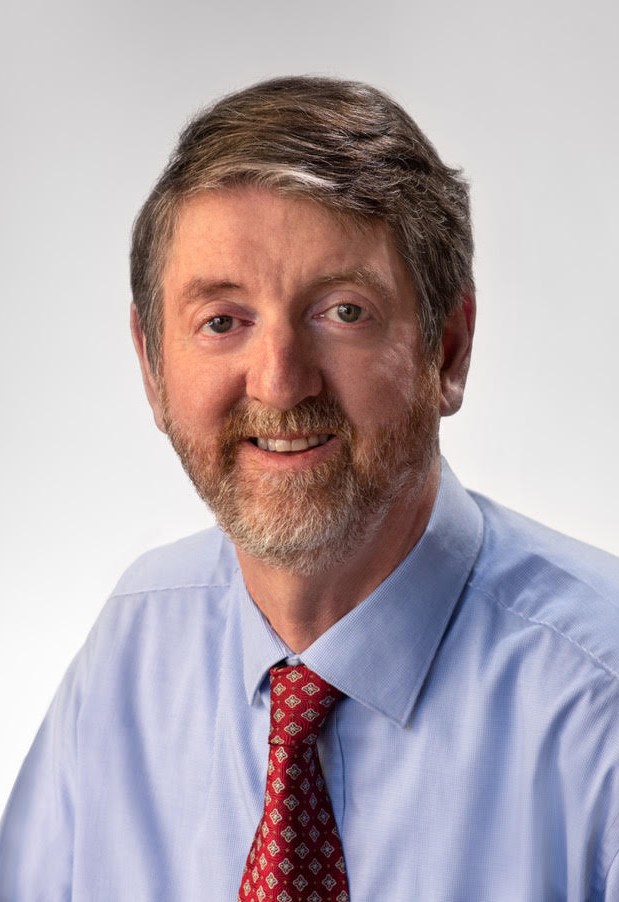 |
|||
| ARMEN DER KIUREGHIAN Taisei Professor of Civil Engineering Emeritus University of California, Berkeley President Emeritus |
AHSAN KAREEM |
MARK G. STEWART Distinguished Professor of Civil Engineering School of Civil and Environmental Engineering University of Technology Sydney New South Wales, 2007, Australia |
||
| Challenges in Future Development of Structural Reliability Methods | Swaying Skyscrapers: Unveiling the Dance Between Wind and Tall Buildings Through the Ages |
Risk-Based Thinking for Extreme Events: What Do Terrorism and Climate Change Have in Common? | ||
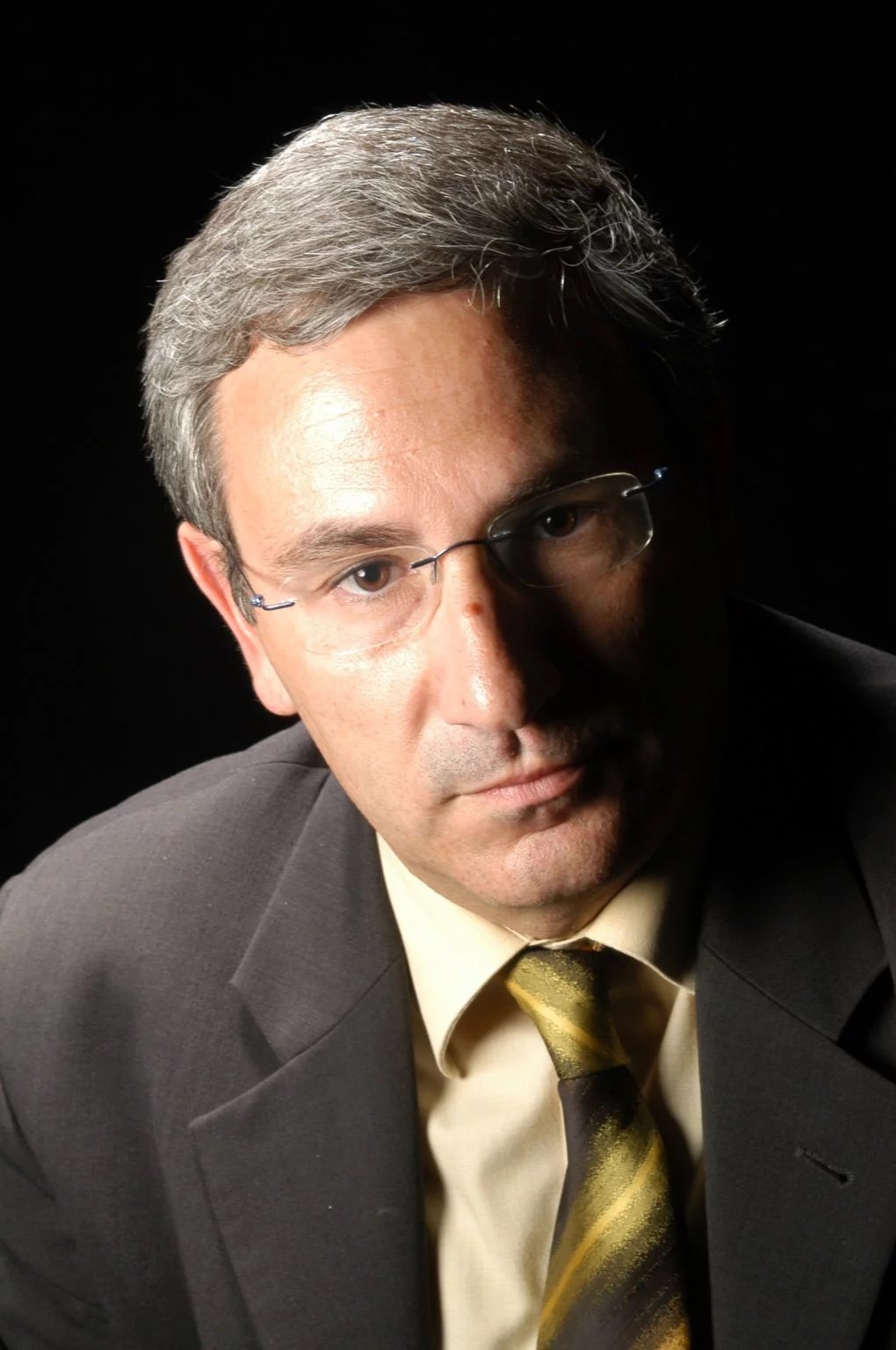 |
|
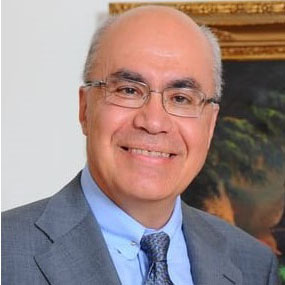 |
||
| JOAN R. CASAS Professor of Bridge Engineering & Structural Management, School of Civil Engineering, Technical University of Catalonia, UPC-Barcelona-Tech, Barcelona, Spain |
ALLEN C. ESTES |
MICHEL GHOSN Professor of Civil Engineering, The City College of the City University of New York / CUNY, New York, NY |
||
| Sustainability and Digitalization in Bridge Engineering |
Architectural Engineering: Does it Have an Identity Crisis? | Design and Safety Assessment of Structures and Infrastructure Systems Subjected to Extreme Events in a Changing Climate | ||
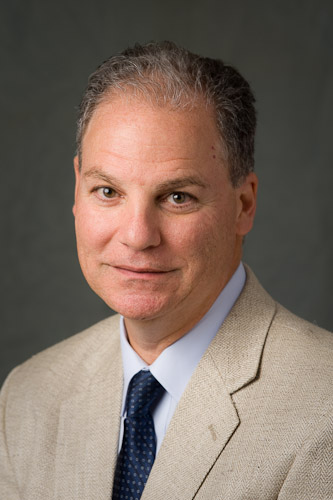 |
|
| JAMES M. RICLES Bruce G. Johnston Professor of Structural Engineering, Director - ATLSS Engineering Research Center, Director - NSF NHERI Lehigh Experimental Facility, Editor-in-Chief, Engineering Structures, Department of Civil and Environmental Engineering, Lehigh University |
|
| Real-time Hybrid Simulation: Cyber-Physical Structural Experimentation for Improving Civil Infrastructure Resilience to Natural Hazards |
|
ARMEN DER KIUREGHIAN
Taisei Professor of Civil Engineering Emeritus
University of California, Berkeley
President Emeritus
American University of Armenia
(affiliate of University of California)
Challenges in Future Development of Structural Reliability Methods
click here to view video
Friday, February 2, 2024– 4:30 pm EST
Overview:
A variety of methods for assessment of structural reliability and for reliability-based optimal design have been developed in the past fifty years. Among methods in current use are first- and second-order reliability methods (FORM and SORM), various efficient simulation methods, and surrogate-modeling methods. After a short review of these methods, this lecture will focus on the existing challenges in applying these methods to complex real-world problems characterized by nonlinearity, stochastic dynamics, multi-phase interactions, and having high computational demand. The lecture will hopefully provide motivation to young researchers to pursue research and development in addressing some of these challenges.
MORE DETAILS available on Armen Der Kiureghian's presentation. (PDF)
AHSAN KAREEM 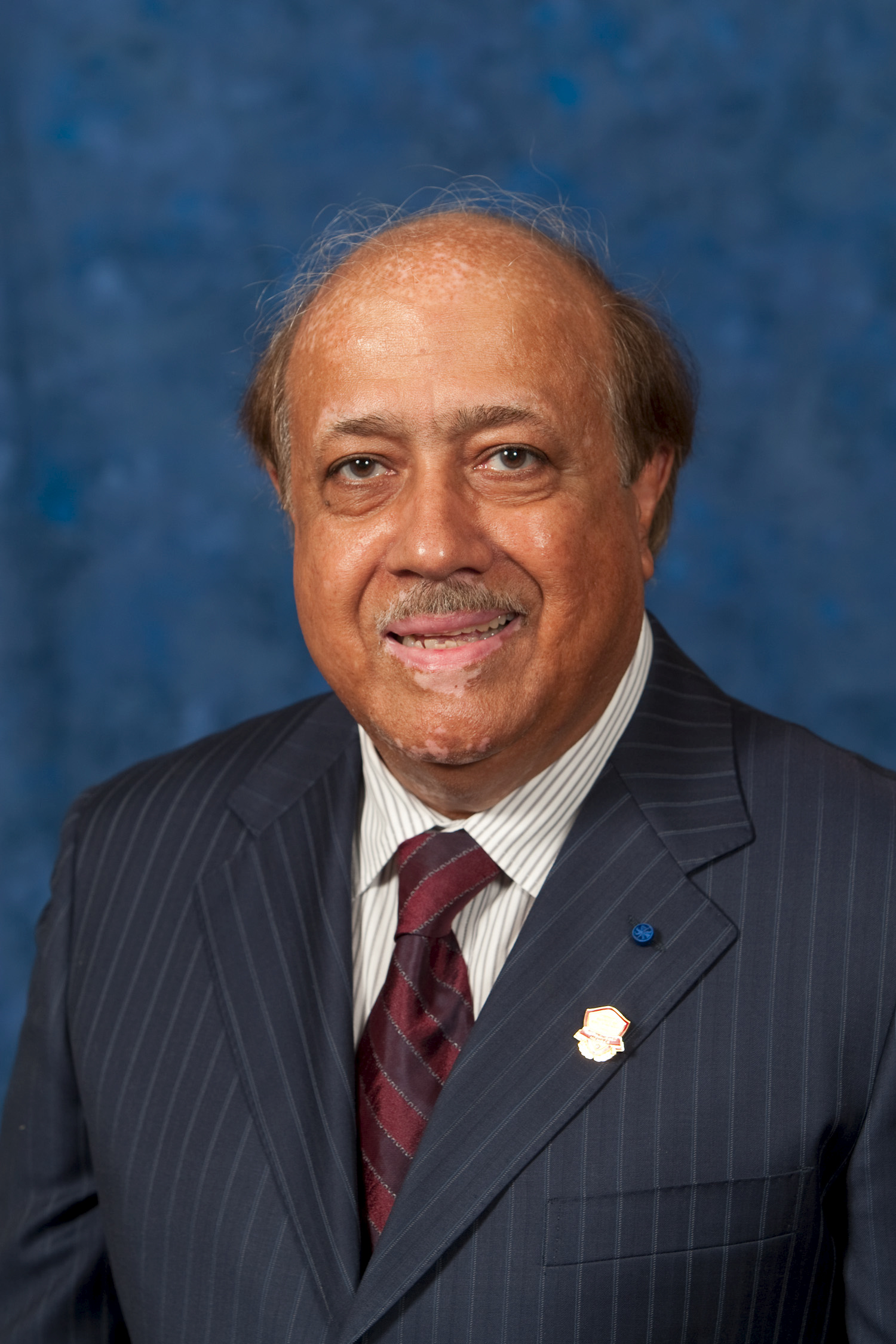
Robert M. Moran Professor,
NatHaz Modeling Laboratory,
University of Notre Dame,
Notre Dame, IN
Swaying Skyscrapers: Unveiling the Dance Between Wind and Tall Buildings Through the Ages
click here to view video
Wednesday, March 6, 2024– 4:30 pm EST
Overview:
The seminar will focus on addressing the three elements of tall buildings' life cycle from design, and construction to performance evaluation. It summarizes the history of wind effects on tall buildings from the design of the World Trade Center Towers to the present-day skyscrapers and beyond. From earlier studies at the National Physical Laboratory in the UK involving the World Trade Center Towers, it was realized that it was essential to model the inflow that was reflective of the atmospheric boundary layer rather than a uniform flow in an aeronautical tunnel. At that juncture, the dynamic response was evaluated using base-pivoted aeroelastic models while a search for a more expeditious means of assessing wind loads was in progress, which led to the development of various force balances. In this context, a general overview of the basic techniques for the quantification of wind loads and their dynamic effects using analytical, experimental, computational fluid dynamics (CFD) and model-based and data-driven simulation schemes, database-enabled platforms, code and standards-based procedures and lessons from full-scale monitoring will be presented in a historical perspective. The issue of human sensitivity to motion will be described from its early day experiments by Fazlur Rahman Khan to current motion simulators. This will be followed by a synopsis of the emerging frontiers in CFD from isolated buildings to cityscapes, mesoscale to micro-scale, shape and topological optimization, the vulnerability of glass cladding in extreme winds, the role of organic damping and damping devices for the mitigation of building motion.
MORE DETAILS available on Ahsan Kareem's presentation. (PDF)
MARK G. STEWART 
Distinguished Professor of Civil Engineering,
School of Civil and Environmental Engineering,
University of Technology Sydney,
New South Wales, 2007, Australia
Risk-Based Thinking for Extreme Events: What Do Terrorism and Climate Change Have in Common?
click here to view video
Thursday, May 2, 2024– 4:30 pm EDT
Overview:
Terrorism and climate change debates are often characterised by worst-case thinking, cost neglect, probability neglect, and avoidance of the notion of acceptable risk. This is not unexpected when dealing with extreme events. However, it can result in a frightened public, costly policy outcomes, and wasteful expenditures. The presentation will describe how risk-based approaches are well suited to infrastructure decision-making in these uncertain environments. The concepts will be illustrated with current research of risk-based assessment of climate adaptation engineering strategies including designing new houses in Australia subject to cyclones and extreme wind events. It will be shown that small improvements to house designs at a one-off cost of several thousand dollars per house can reduce damage risks by 80-90% and achieve billions of dollars of net benefit for community resilience – this helps offset some the predicted adverse effects of climate change for a very modest cost. The presentation will also highlight that there is much to be optimistic about the future, and in the ability of risk-based thinking to meet many challenges.
MORE DETAILS available on Mark G. Stewart's presentation. (PDF)
JOAN R. CASAS 
Professor of Bridge Engineering & Structural Management
School of Civil Engineering
Technical University of Catalonia
UPC-Barcelona-Tech, Barcelona, Spain
Sustainability and Digitalization in Bridge Engineering
click here to view video
Friday, September 13, 2024 - 4:30 pm EDT
Overview:
Sustainability and digitalization are two main topics in many research programs and professional activities related to bridges worldwide. It seems that the bridge community (including designers, contractors, managers and stakeholders) can largely benefit from the current digital transformation where processes using digital technologies are able to create new or to enhance existing bridge engineering practices. Since the budgets for bridge construction and maintenance are scarce, sustainability has to be implemented in all areas of activity for a proper use of the limited resources. Apart from being both of paramount importance nowadays and in the future, the concepts of sustainability and digitalization are very different. Therefore, the tools needed for their full adoption in the bridge engineering field must also be different in their basis and formulation. The aim of this lecture is to analyze the actual bridge engineering practices related to sustainability and digitalization, trying to evaluate their actual level, and seeking to their level of accomplishments in relation to an optimal situation. The focus of the presentation is mainly on the bridge management area, being the area where the new IoT paradigm and digital tools are being profusely introduced, mainly under the task of bridge health monitoring. It shows how digitalization allows for a much better geometrical and structural definition as well as health monitoring of existing bridges. However, relevant challenges also appear when introducing the new digitalization technologies in the specific world of bridges. These challenges are not only technical, but also related to the personal, educational and social aspects of the human force (bridge inspectors, evaluators and managers) that have to implement the new tools in the daily activities of bridge management. The last part of the lecture is devoted to this human factor.
MORE DETAILS available on Joan R. Casas's presentation. (PDF)
ALLEN C. ESTES 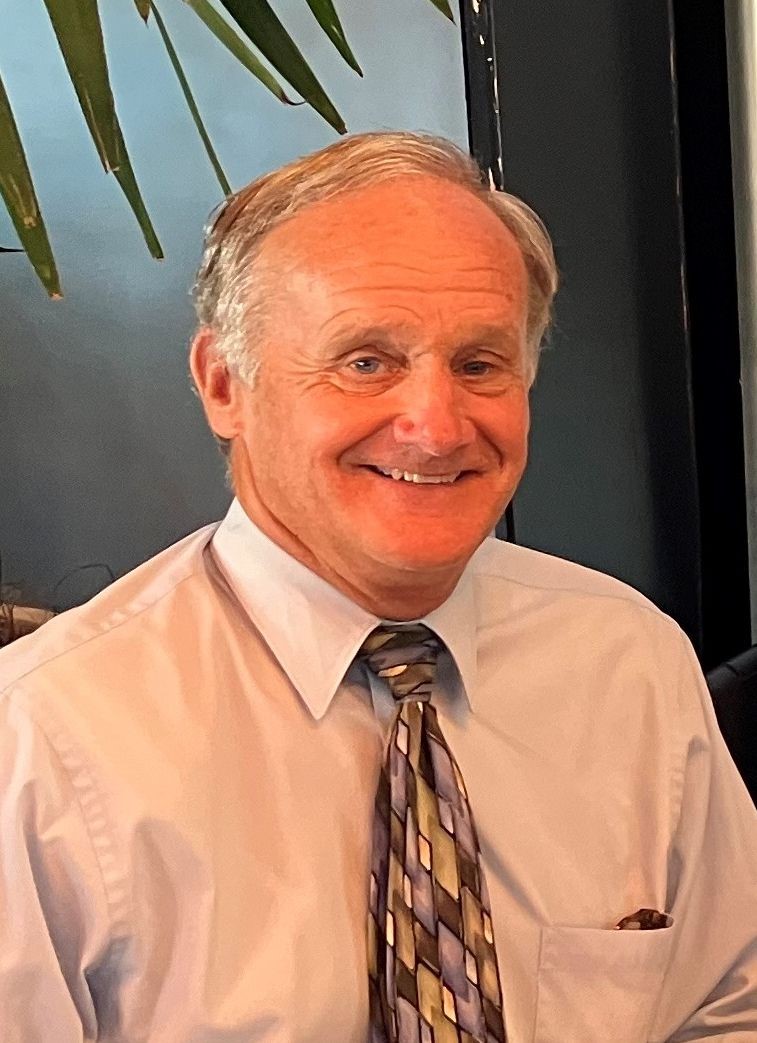
Professor and Head
Department of Architectural Engineering
California Polytechnic State University
San Luis Obispo, CA
Architectural Engineering: Does it Have an Identity Crisis?
click here to view video
Friday, October 11, 2024 - 4:30 pm EDT
Overview:
There are currently 26 ABET accredited Architectural Engineering (AE) programs in the United States (along with 7 additional international programs) and their curricular emphases are all very different. Since 2008, the number of accredited AE programs has risen from 18 programs to 26 programs – an increase of 44%, an indicator that universities see the value of these programs. Nevertheless, the American public and many in the industry do not understand what architectural engineers do and how they are distinguished from civil engineers and architects. At the same time, there are 271 accredited civil engineering (CE) programs in the U.S. outnumbering the AE programs about 10 to 1 and they don’t seem to have an identity problem, despite many similarities. The CE and AE disciplines overlap considerably in the subdisciplines of structures and construction. The American Society of Civil Engineers (ASCE) is the lead society for both programs and the ASCE Architectural Engineering Institute (AEI) oversees the discipline. This lecture will examine the history of AE in the U.S. and curricular content of the various U.S. programs. It will contrast the CE and AE disciplines and provide evidence and rationale for the AE identity challenge. Finally, recommendations will be provided that could improve the situation.
MORE DETAILS available on Allen C. Estes' presentation. (PDF)
MICHEL GHOSN 
Professor of Civil Engineering
The City College of the City University of New York / CUNY
New York, NY
Design and Safety Assessment of Structures and Infrastructure Systems Subjected to Extreme Events
in a Changing Climate
click here to view video
Tuesday, October 29, 2024 - 4:30 pm EDT
Overview:
Civil infrastructure systems are exposed to various types of human-made, environmental, and climatic hazards within their service lives. Reliability-based approaches and probabilistic risk-informed methods have long been used for assessing the safety of such systems and developing design standards and specifications to account for the random nature of these hazards, their intensities, rates of occurrence, and possible compounding effects. Specifically, current design standards provide reliability-calibrated design load maps and tables as well as load combination factors for use in engineering practice during a structure’s safety assessment process. These maps and associated procedures are based on historical data assuming that the underlying climatic processes are unchanging over time such that observed variations in the historical data are only random oscillations around underlying stationary statistical properties. However, ageing processes, growth in economic activities, and climate change are causing increases in the frequencies and intensities of human-made and environmental hazards, raising the risk to infrastructure systems and their users. This presentation will review the fundamental principles behind structural code developments and their underlying assumptions. It also examines analytical methods to assess the safety of structural systems accounting for the nonstationary nature of climatic hazards. The presentation will present approaches for adjusting current structural design specifications in view of anticipated climate change scenarios. Numerical examples will illustrate the application of these approaches for the safety assessment and the design of structural systems.
MORE DETAILS available on Michel Ghosn's presentation. (PDF)
JAMES M. RICLES 
Bruce G. Johnston Professor of Structural Engineering
Director - ATLSS Engineering Research Center
Director - NSF NHERI Lehigh Experimental Facility
Editor-in-Chief, Engineering Structures
Department of Civil and Environmental Engineering
Lehigh University
Real-time Hybrid Simulation: Cyber-Physical Structural Experimentation for Improving Civil Infrastructure Resilience to Natural Hazards
click here to view video
Wednesday, November 20, 2024 - 4:30 pm EST
Overview:
Stakeholders are demanding that the performance of the built civil infrastructure be more resilient to natural hazards in order to reduce their impact on society. Performance-based engineering is a means to attempt to meet performance objectives associated with prescribed levels of hazards. A viable technique to meet validation requirements for performance-engineered structural systems is to use real-time hybrid simulation (RTHS) to perform cyber-physical experiments. The complete system is involved in these simulations, where selected components of the system are modeled physically while others are modeled numerically using computational models. The modeling of the former in the physical domain is required because accurate computational models do not exist for these components. In such studies response modification devices can be coupled to a system that is subjected to a prescribed hazard with a specific return period, enabling system performance under prescribed levels of realistic hazard demands to be established. The talk will present results from recent efforts that the presenter and the research team at the NSF Natural Hazards Engineering Research Infrastructure (NHERI) Lehigh Experimental Facility have completed to advance large-scale multi-directional RTHS. The purpose of these advancements is to enable the assessment of the response of civil infrastructure systems to natural hazards. The advancements and their formulations will be introduced, followed by the presentation and discussion of their application to perform multi-physics RTHS of structural systems under earthquake and wind natural hazards. The studies to be presented include response of offshore wind turbine systems subject to normal and extreme conditions, aeroelastic and earthquake response of tall buildings, efficacy of nonlinear viscous damper systems in enhancing the seismic resiliency of low rise buildings, and simulations with soil-structure interaction effects that involve neural networks and machine learning. These studies demonstrate that RTHS can accurately simulate complex responses to multiple hazards in real-time, providing insights for improving structural resilience. The talk will conclude with future directions that are envisioned to take place in cyber-physical structural simulation.
MORE DETAILS available on James M. Ricles' presentation. (PDF)
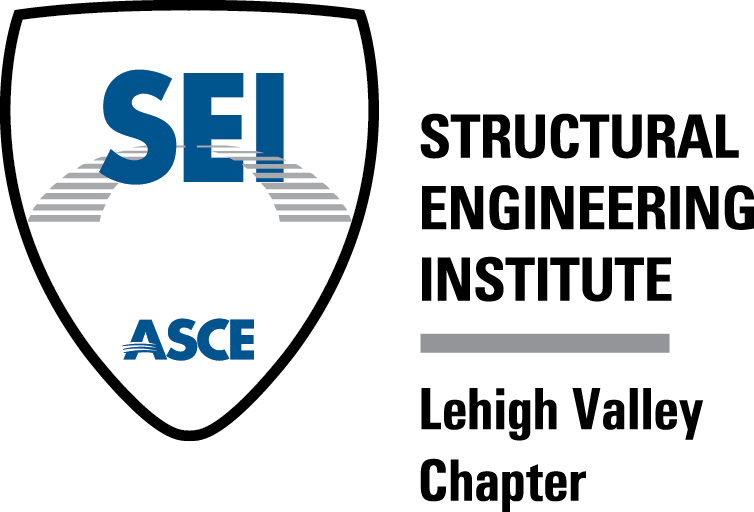 |
|
2024 Fazlur R. Khan Distinguished Lecture Series Poster (PDF)
The Fazlur R. Khan Distinguished Lecture Series has been initiated and organized by Dan M. Frangopol, the first holder of Lehigh's Fazlur Rahman Khan Endowed Chair of Structural Engineering and Architecture.
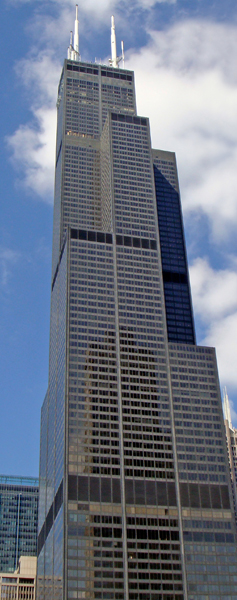
Willis (formerly Sears) Tower
The Fazlur R. Khan Distinguished Lecture Series honors Dr. Khan’s legacy of excellence in structural engineering and architecture.